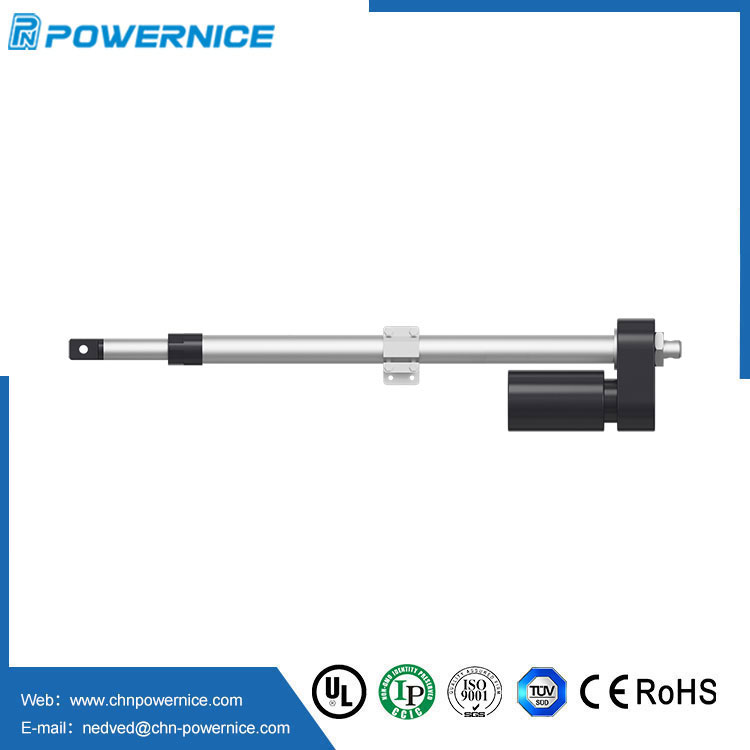Features and applications of industrial linear actuators
2023-11-08
Industrial linear actuators are essential components in various industrial applications and machinery, providing linear motion or displacement for a wide range of tasks. These actuators are used to control and automate various processes in industries such as manufacturing, automation, material handling, and more. Here are some key features and applications of industrial linear actuators:
Key Features:
1. Linear Motion: Industrial linear actuators convert rotational motion into linear motion, allowing them to move objects or components along a straight line.
2. Precision Control: They offer precise control over position and speed, making them suitable for applications that require high accuracy.
3. Variety of Types: Industrial linear actuators come in various types, including electric, hydraulic, and pneumatic, each with its own advantages and disadvantages. Electric linear actuators are commonly used for their ease of control and maintenance.
4. Durability: These actuators are designed to withstand harsh industrial environments, often featuring robust construction materials and protective coatings to resist wear, corrosion, and damage.
5. Safety Features: Many industrial linear actuators incorporate safety mechanisms such as overload protection and emergency stop capabilities to ensure the safety of workers and equipment.
Applications:
1. Material Handling: Industrial linear actuators are used in conveyor systems, lifting equipment, and packaging machinery to precisely move and position materials and products.
2. Machine Tools: In machining and manufacturing equipment, linear actuators control tool movements, such as the cutting head in CNC machines, improving accuracy and repeatability.
3. Automated Assembly Lines: Linear actuators are crucial for automating assembly processes, allowing for the precise positioning and fastening of components in manufacturing operations.
4. Robotics: Many industrial robots utilize linear actuators in their arms and end effectors to achieve precise and controlled movement.
5. Valve and Gate Control: In industrial processes involving fluid or material flow, linear actuators are used to control the position of valves, gates, and dampers.
6. Testing and Inspection Equipment: Linear actuators play a role in testing machines, inspection equipment, and quality control systems by precisely positioning test probes or sensors.
7. Cleanrooms: In environments with strict cleanliness requirements, such as semiconductor manufacturing, linear actuators are used for tasks like wafer handling and equipment positioning.
8. Actuated Furniture: In industrial and office settings, adjustable workstations, ergonomic chairs, and other furniture may use linear actuators to provide height and position adjustments.
9. Aerospace: Industrial linear actuators are used in aerospace applications for tasks such as controlling flaps and landing gear in aircraft.
10. Material Testing: In laboratories and industrial settings, linear actuators are employed to subject materials and components to controlled stress and strain for testing purposes.
Industrial linear actuators come in various sizes and load capacities, making them adaptable to a wide range of industrial applications. Their ability to provide precise linear motion and automation capabilities enhances efficiency, reduces human labor, and improves the overall quality of industrial processes.



